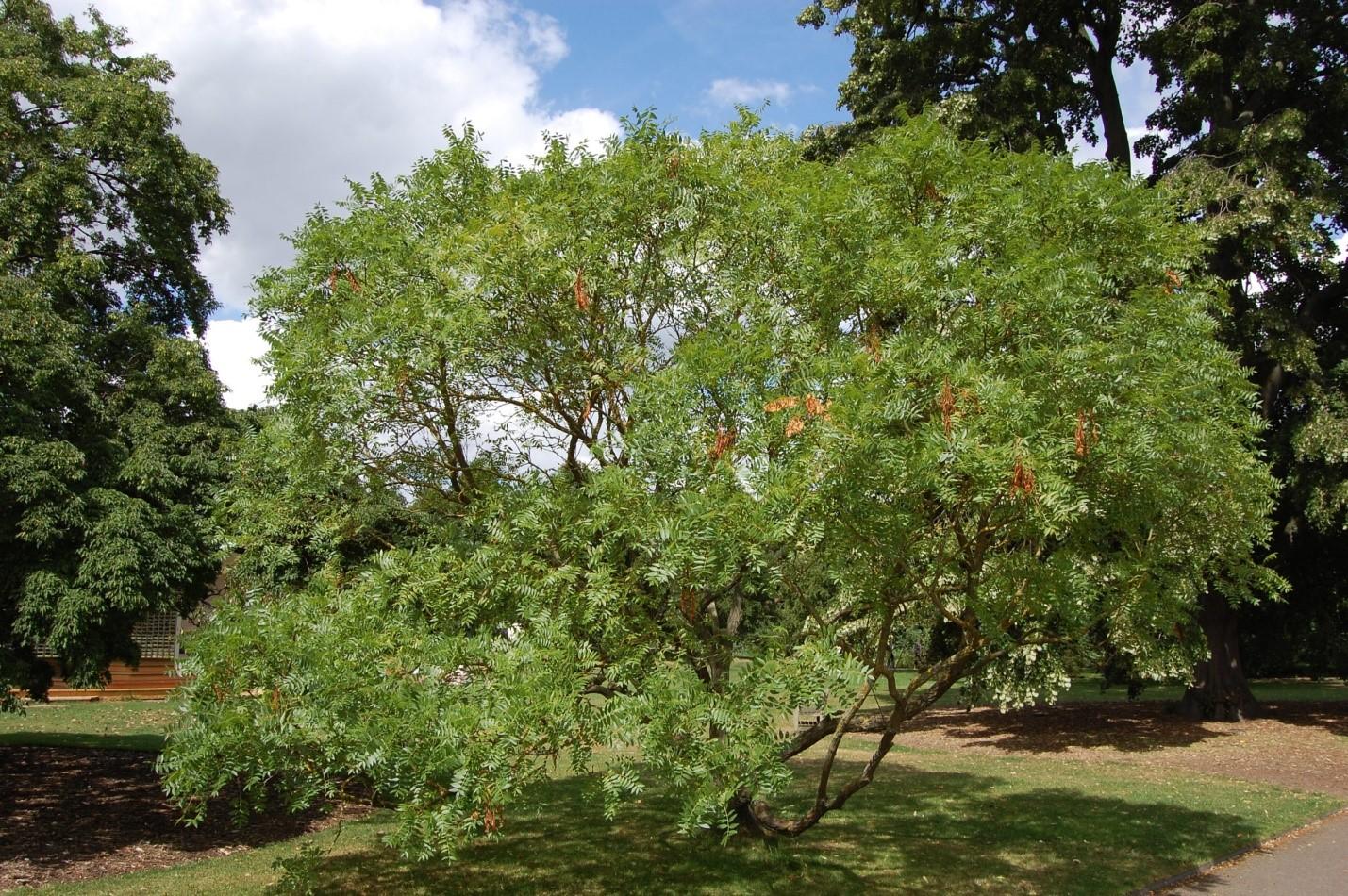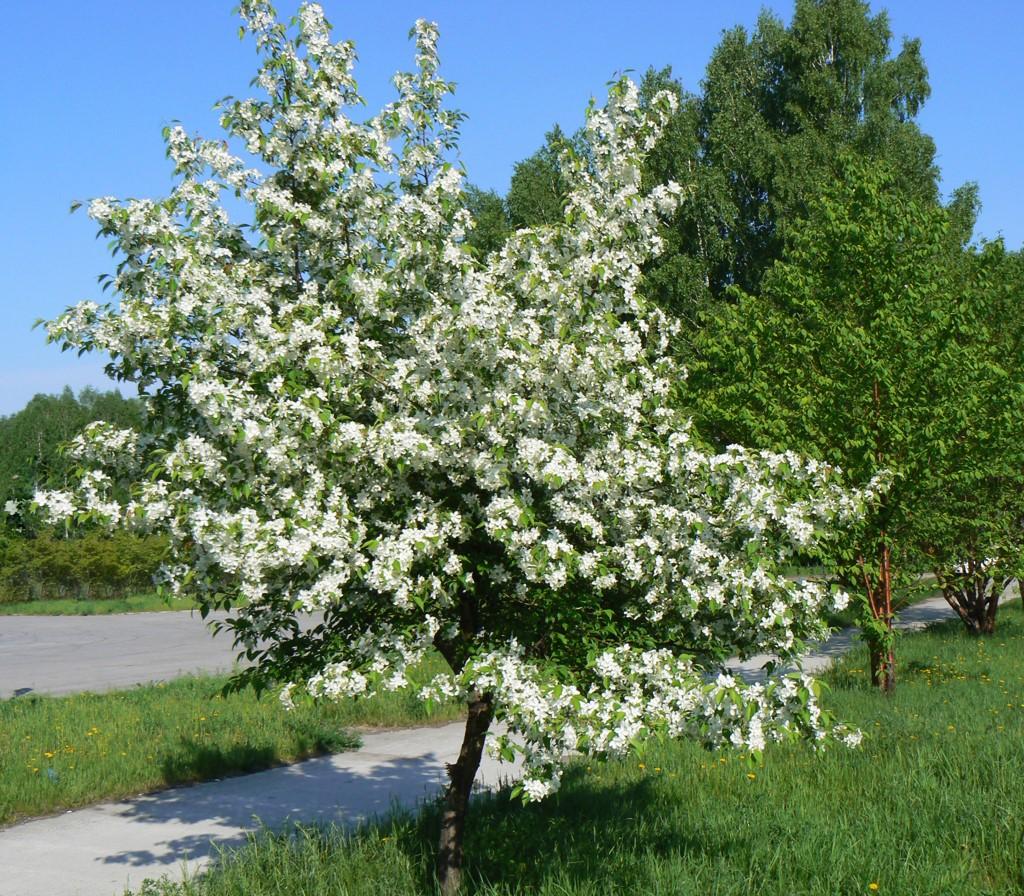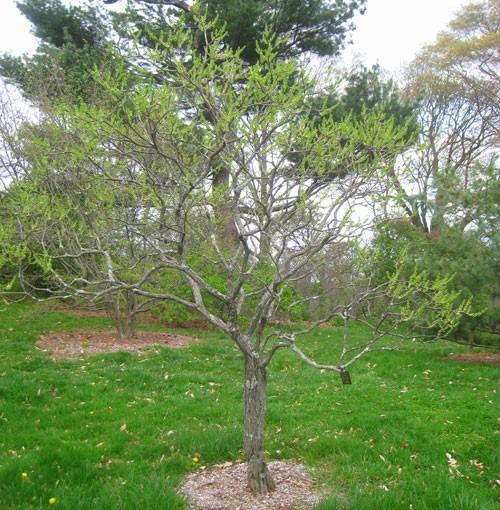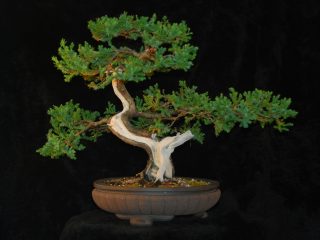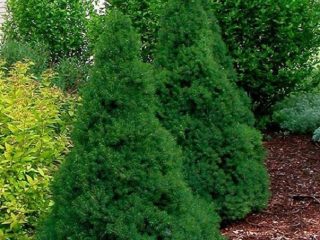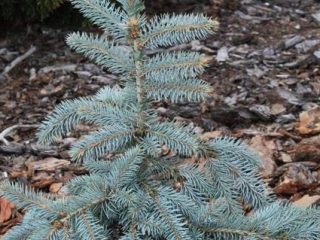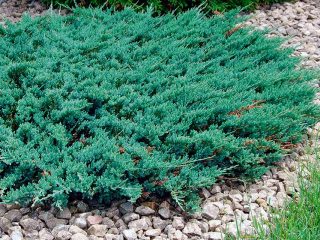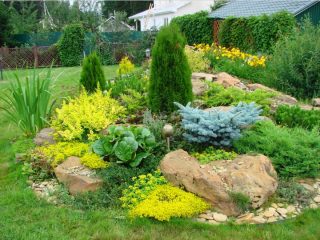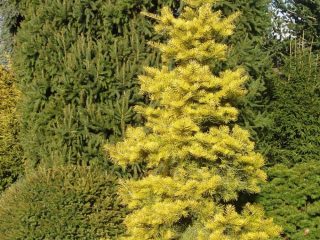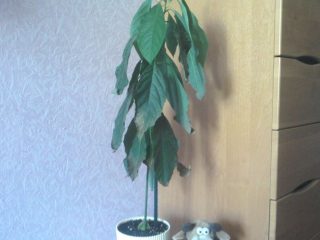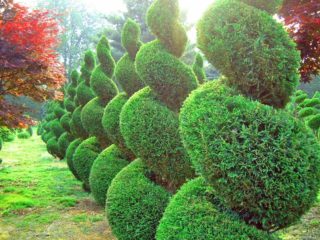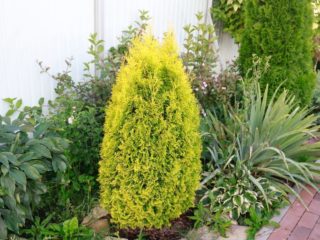Content
Chekalkin nut is a low tree with curved shoots and a lush pyramidal crown. It is characterized by high winter hardiness, so it is grown in different regions of Russia. The fruits, young leaves and flowers are edible, have a pleasant taste, and are used as food. Growing a nut is quite possible. As a rule, the plant is propagated by seeds. How to do this is described in detail in the article.
Description and photo of Chekalkin nut
Chekalkin nut, which is also called rowan-leaved xanthoceras, is a low tree or shrub, reaching a height of 2-4 m. Its trunk has a curved shape, the crown is very dense, with numerous shoots. The shape is pyramidal, similar to a hat. The name is due to the fact that the leaves are shaped like mountain ash.
The leaves of the Chekalkin nut are dark green, leathery, with a glossy surface. The color is dark (lighter on the underside), the edges are jagged, so the plates look elegant. By autumn they change color to yellow-orange and fall off.
The flowers of the Chekalkin nut are numerous, each consisting of five petals. They form inflorescences in the form of clusters. Fragrant, smells nice. The color is white, the middle is yellow, and after pollination it turns purple. The flowering period occurs in May and ends after all the leaves have bloomed.
According to the classification of dioecious/monoecious, Chekalkin nut belongs to the first category. This means that only flowers of one sex are present on the plant - either male or female. Therefore, in most cases, obtaining fruit requires planting different plants and cross-pollination (often by bees). However, some species of Chekalkin nut are monoecious and do not require pollinators.
In the second half of summer, the fruits of the tree begin to form. They are dense, fleshy boxes consisting of three chambers. The shape is spherical or almost pear-shaped, reaching 5-6 cm in diameter. Inside each fruit there are from 6 to 18 nuts. They have a rich dark brown or cherry color and are somewhat reminiscent of hazelnuts in appearance. They reach 1.5-2 cm in diameter.
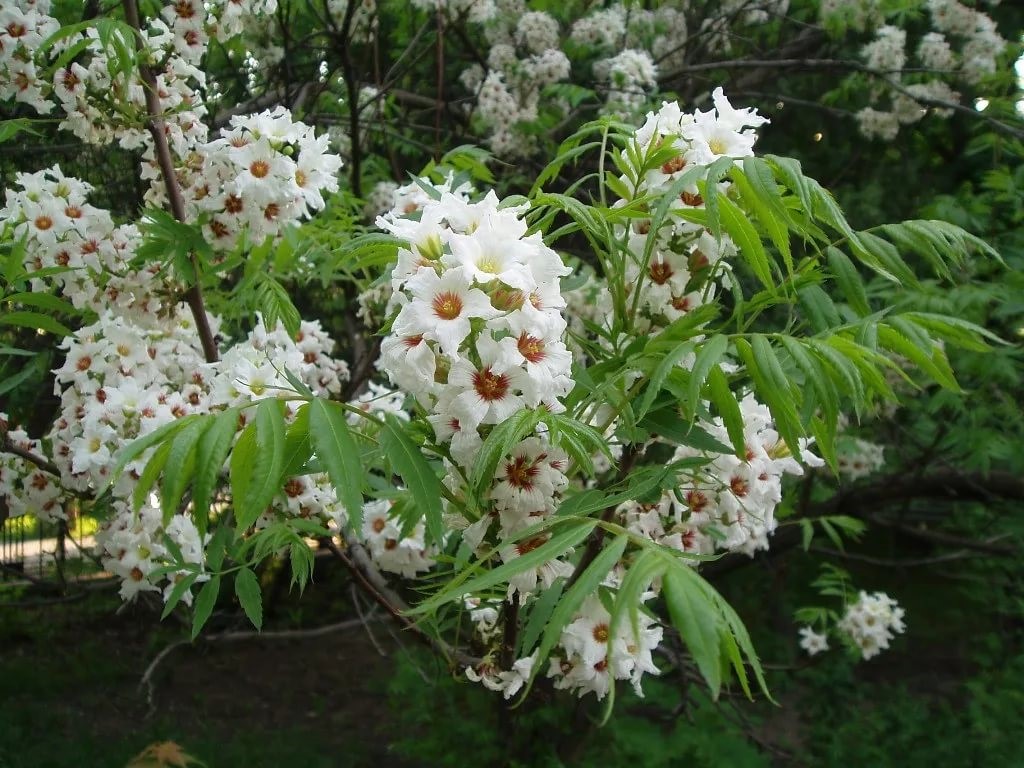
Chekalkin nut blooms in May
The seeds ripen from the end of August to the second half of September. At first the nuts are green, then gradually turn brown. After full ripening, they begin to crack, due to which they scatter on the ground and are used as food for some birds, as well as mice and other rodents.
Both the fruits and leaves, as well as the flowers of the Chekalkin nut, are edible. They can be used as food by people (both fresh and processed, for example, after frying). The taste of the seeds is reminiscent of almonds, with a pleasant bitterness. Young leaves are added to salads, and jam is made from flowers.
Frost resistance of Chekalkin nut
The frost resistance indicator is high. In open ground, Chekalkin nut can withstand temperatures down to -35 degrees. This allows the tree to be grown in most regions of Russia.
Where does it grow
In nature, the Chekalkin nut is found mainly in China, where it was discovered in 1868 by researcher Abbe David. It also grows in Mongolia and North Korea. Quite a long time ago the culture was introduced into Europe.
The benefits and harms of Chekalkin nut
Chekalkin nut is especially valuable for its seeds, which contain organic substances and microelements:
- unsaturated fatty acids, including oleic, linoleic;
- vegetable protein;
- anthocyanins;
- vitamins B, E, PP;
- magnesium;
- potassium;
- cobalt;
- selenium;
- iron;
- iodine.
Due to its rich chemical composition, regular consumption of Chekalkin nut fruits provides quite significant benefits to the body:
- maintaining the nervous system;
- strengthening the walls of blood vessels;
- improving the functioning of the heart muscle (myocardium);
- antioxidant effect (destruction of dangerous free radicals);
- prevention of premature aging;
- prevention of oncological pathologies;
- increasing resistance to bacteria and viruses;
- nutrition of facial skin;
- wound healing;
- general increase in tone.

Chekalkin nut seeds are useful for preventing cancer and premature aging
But it is worth considering that the product is very high in calories, like all other nuts. Therefore, it should not be consumed in large quantities by overweight people.If there is an individual intolerance to any component, nuts also should not be used as food. Otherwise, an allergic reaction may develop.
Contraindications
There is no strict ban on eating the fruits of the Chekalkin nut. But some people should use it in limited quantities. The main contraindications are:
- individual intolerance;
- high body mass index (overweight);
- liver diseases;
- gastritis;
- gout;
- peptic ulcer of the stomach, duodenum.
Growing Chekalkin nuts from seeds
Chekalkin nut can be propagated by vegetative methods, for example, by cuttings, but more often it is grown from seeds. First, seedlings are obtained, after which the seedlings are transferred to open ground.
Growing seedlings
Sowing of seeds is planned for the end of March. The sequence of actions is as follows:
- Soak the nuts for several days in moderately warm water.
- When the sprouts appear, slightly cut the skin of the Chekalkin nut in the place where they hatched.
- Place the seeds in a solution of a growth stimulator, for example, “Kornevin”, overnight.
- Then transplant into a fertile substrate, for example, from garden soil (2 parts), mixed with peat, humus and sand (1 part each).
- It is better to plant in separate containers, so that later you can immediately transfer the Chekalkin nut seedlings to the ground.
- Place in a warm and well-lit place, cover with film, water and ventilate regularly.
- At the beginning of summer, take the seedlings outside, continue to grow them in pots, regularly watering them and feeding them with complex mineral fertilizer (you can use “Baikal”, “Ideal”).
- At the beginning of autumn, you can plant the Chekalkin nut in a permanent place.
Landing place
The site for cultivation is selected in advance; it must meet several requirements:
- the place is open, but preferably with partial shade from tall bushes or buildings;
- protection from draft winds, especially from the north side of the garden;
- without stagnant water - it is better to choose small hills, but definitely not lowlands, where rain and melt moisture collects;
- the soil is fertile and loose - if necessary, during digging, the soil should be fed with organic or complex mineral fertilizer.

Chekalkin nut grows well in a lighted area
Transplanting seedlings
Seedlings are planted in early September, proceed as follows:
- First, the seedlings are watered abundantly in pots so that an earthen lump is preserved around the ground.
- Several shallow holes are formed at a distance of 4 m.
- You should carefully remove the Chekalkin nut seedlings and plant them together with a lump of earth.
- Sprinkle with soil and tamp down so that the root collar goes to a shallow depth of 4-5 cm.
- Water generously with settled water.
- A few weeks before the first frost, mulch with a high layer of scrap, sawdust or hay.
Rules of care
Chekalkin nut tolerates not only frosts, but also drought. However, in the first years after planting, trees need enhanced care:
- Water the seedlings once a week, and in drought - twice as often. Adult shrubs are given water twice a month. It is necessary to ensure that the soil has time to dry out, but at the same time does not crack.
- After heavy watering or rain, the soil in the tree trunk circle should be loosened regularly. If necessary, do weeding. To minimize the appearance of weeds, it is advisable to constantly maintain a layer of mulch in the form of straw, peat or other materials.
- Fertilizers are applied once every 3-4 weeks, starting in April and ending in August. In spring, trees are given nitrogen compounds, for example, ammonium nitrate in the amount of 15-20 g per 10 liters. Then use complex fertilizers, alternating with organic matter, for example, mullein infusion 1:10 or chicken manure 1:20.
- Tree pruning is carried out at the very beginning of March. It is necessary to remove old, diseased and broken branches. In the fall, a shaping haircut is done, removing all shoots that clearly extend beyond the general contour.
- In regions with frosty winters, young seedlings should be covered with burlap, agrofibre or spruce branches. It is reliably known that the Chekalkin nut is found in the middle zone, the Volga region up to the Ulyanovsk region. The plant is frost-resistant, but growing without winter shelter in Siberia, the Urals and the Far East is impossible.
Use in landscape design
Ruffle-leaved Chekalkin nut is most often used in single (solitary) plantings. It is placed next to the house, bench, gazebo and other recreation areas. Trees also look beautiful on the shores of a country pond, but the planting site should not be located too low to avoid the risk of flooding.
The main uses of wood in garden design are shown below:
- Single planting in an open area.
- Another option for solitaire placement.
- Landing next to the road.
- Chekalkin nut on the background of the lawn.
Conclusion
Chekalkin nut is an interesting and rather unusual tree. In general, this is an unpretentious crop, although in the first years it needs intensive care.Reviews from gardeners indicate that it can be grown even in regions with a frosty climate. But young seedlings require mandatory winter shelter.
Reviews of Chekalkin nut
